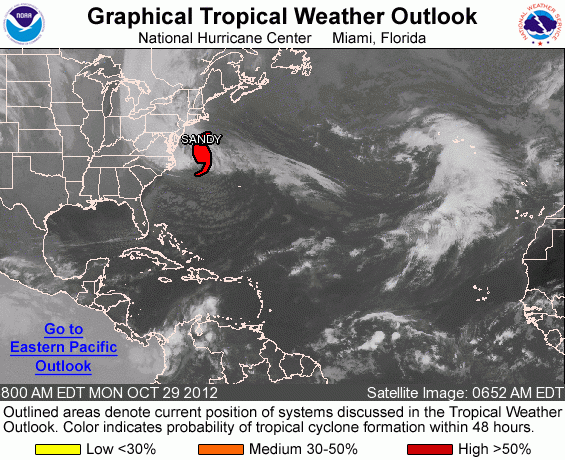-
 Pycnocline
Pycnocline
-
 Semen
Semen
-
 Chelonians
Chelonians
-
 Chromatic aberration
Chromatic aberration
-
 Gammarus
Gammarus
-
 Homolysis
Homolysis
-
 Gallstone
Gallstone
-
 ESA
ESA
-
 Glaucophane
Glaucophane
-
 Decarbonisation
Decarbonisation
-
 Elastin
Elastin
-
 Dermatologist
Dermatologist
-
 Cathartic
Cathartic
-
 IAM
IAM
-
 Germicide
Germicide
-
 Diffuse
Diffuse
-
 Fungicide
Fungicide
-
 Redox
Redox
-
 Amalgam
Amalgam
-
 Phalanx
Phalanx
-
 Tack
Tack
-
 Composite material
Composite material
-
 Boundary area
Boundary area
-
 Tau neutrino
Tau neutrino
-
 Tetanus
Tetanus
-
 AFSSET
AFSSET
-
 Greenwich meridian
Greenwich meridian
-
 Peak oil
Peak oil
-
 Anaemia
Anaemia
-
 Lactic acid
Lactic acid
Cyclone
The International Meteorological Dictionary (released by the World Meteorological Organisation in 1992) defines a tropical cyclone as a synoptic-scale disturbance that is not accompanied by a frontal system, forming above tropical or subtropical waters and presenting organised convective activity as well as cyclonic circulation, more intense in surface than altitude.
Under certain circumstances, when a certain number of favourable conditions occur simultaneously, cloud formations may develop and curl around a centre of rotation, which appears as a whirl, defining a "closed circulation" surface. This atmospheric disturbance composed of clouds arranged in swirling bands is called a tropical cyclone. In the middle of this whirl the atmospheric pressure drops thus creating a depression.
Why is it called a cyclone? The etymological origin of the word comes from the Greek word kuklos which means circle, round. In some regions of the world, the word typhoon is used instead, also from a Greek word: tuphôn, which means whirl.
On pictures taken by weather satellites a cyclone appears as a white patch (high clouds) that is more or less round or circular, with a border of clouds aligned in a spiral drawn to the centre of this zone. Clouds therefore seem to swirl.
If a cyclone forms 3000 or 3500 km from land (such as HUGO in 1989 or LUIS in 1995), it will take 120 or 150 hours, or 5 or 6 days, to arrive. On the other hand, if it forms 500 or 600 km away from an island (for example, MARILYN 95), residents will have no more than 18 to 24 hours to prepare for its arrival. When a cyclone develops suddenly and quickly close to land, it is often too late to warn the population.
 The Katrina Cyclone in August 2005.
The Katrina Cyclone in August 2005.
Latest
Fill out my online form.



